Construction World Magazine - June 2022
Keller Geotechnics SA has recently completed the Enablement Works Contract for the Cape Town Station Student Accommodation Project for the Eris Property Group. The site is located on the corners of Strand, Adderley and Old Marine Drive in Cape Town.
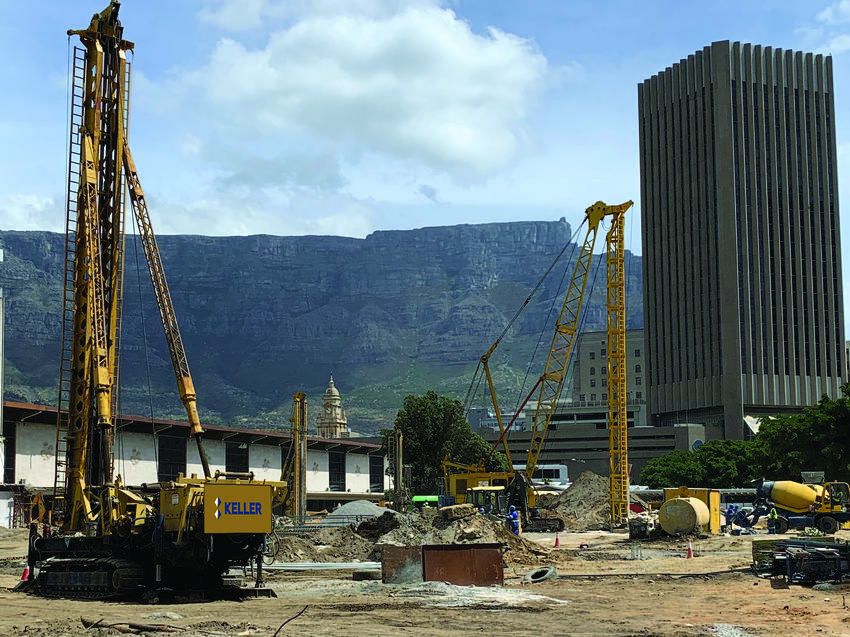
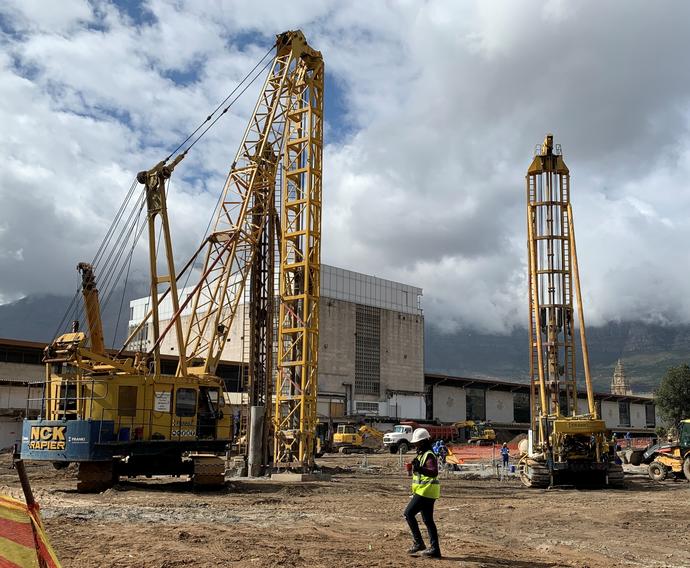
The R1,3bn development will include a 3 085-bed purpose-built student accommodation, 6,700 m2 of modern retail space and a new world-class public square. This new retail precinct will be known as Cape Station.
Keller’s scope of work consisted of the demolition of previous structures, installation of new civil services and the installation of the new foundation piles for the 22-storey high building that is currently under construction. Contracted for all three work aspects (demolition, civils and piling), the Keller operations team was well positioned to manage the interfaces with multiple work aspects progressing simultaneously. The site itself had limited space and access to the site had to be changed as the project progressed through the various phases. Careful planning and sequence of work was particularly important to successfully implement this portion of the works.
The development will also include a new world-class public square to serve as a landscaped urban garden with artwork and seating to encourage tourist engagement and dwell time.
Innovative design and various pile types
The piling and lateral support works made up the bulk of the contract and was designed in-house by the Keller design team. The lateral support and foundation scheme had to cater for a variety of load requirements, Keller’s diverse product offering allowed the design team to come up with efficient and innovative solutions. The optimised design made use of four different pile types and seven different pile sizes.
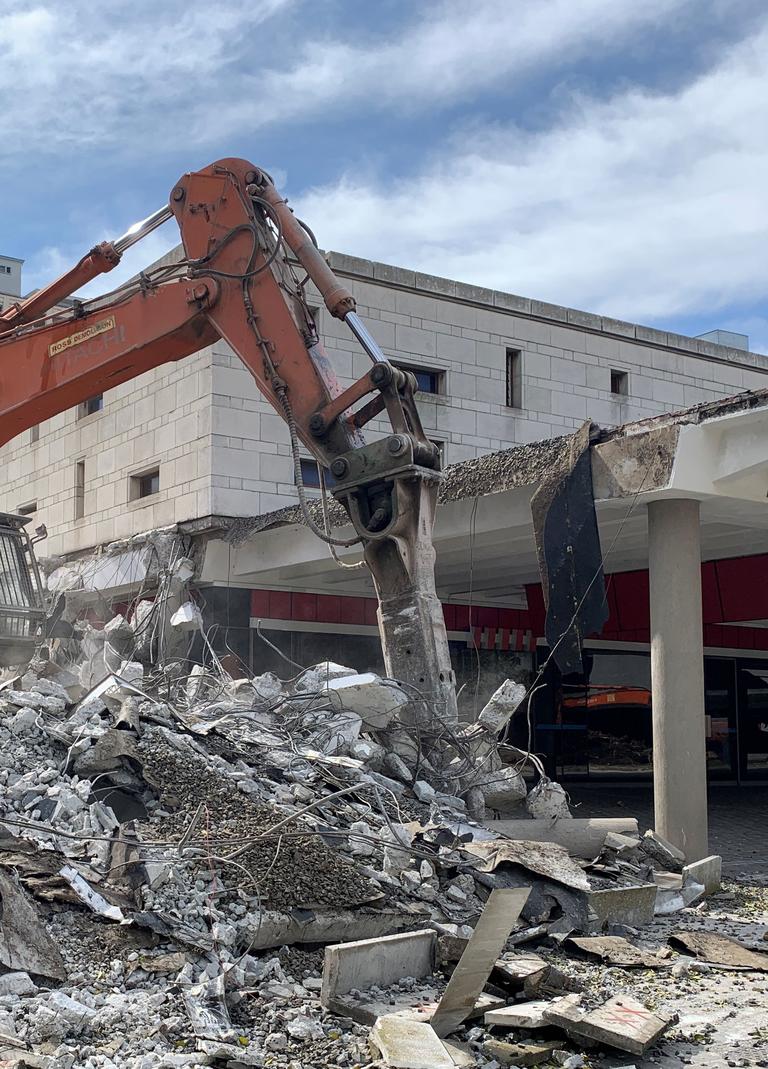
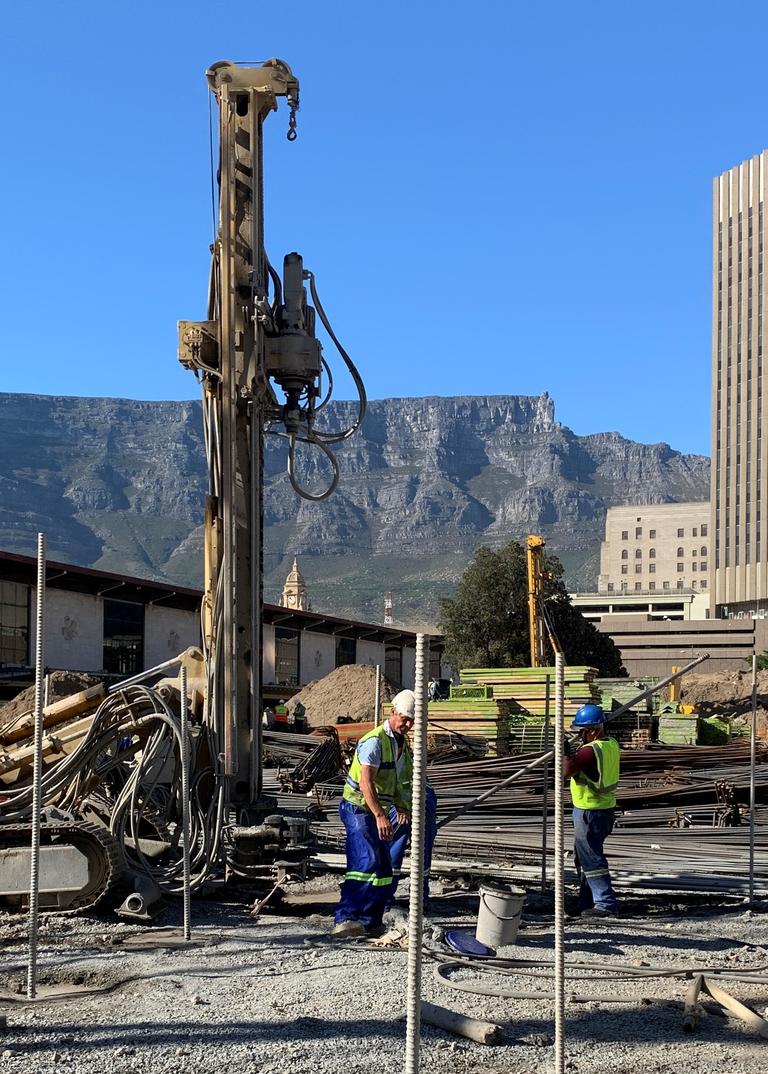
Driven Cast-in-situ piles
The majority of the piles were of the Driven-Cast-In-Situ type (known as Franki piles) and is a staple product offered by Keller. This pile type is typically very cost effective, has good load bearing capacity and is well suited to the tricky ground conditions encountered in Cape Town.
These versatile piles were installed in two variants, compression only piles and tension/compression piles. The tension capacity was improved by retrofitting a rock anchor which is installed into the bedrock below the toe of the pile. This anchor forms an integral part of the pile. The anchor enables the pile to also transfer tension loads to the bedrock during certain seismic occurrences. Also worth mentioning is that Keller’s use of dedicated piling rigs that takes up far less space compared to crane mounted pile driving leaders and offers a real benefit in projects with space constraints and interfaces with other work. This piling method offers good production and assures the achievement of contracted milestone dates.
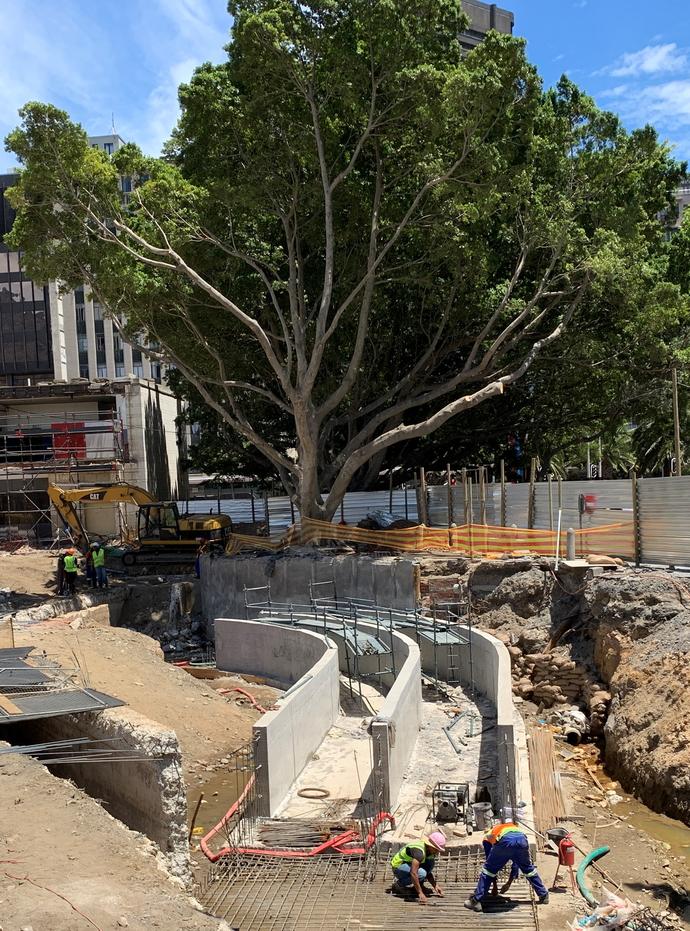
ODEX piles
On the northern site boundary, a new culvert was constructed requiring a relatively deep excavation adjacent to existing services and trees. The presence of the trees precluded the use of a typical batter slope, anchors or a crane requiring high headroom. To satisfy all three constraints, Keller provided an alternative design to the initially planned sheet pile solution. The alternative design made use of reinforced ODEX type piles installed in a row and socketed into the bedrock. This system provides a cantilever to support the embankment. This innovative cantilevered design assured slope stability without the need of anchors, avoiding potential clashes with existing public services. In addition, the equipment required for the ODEX piles took up limited headroom which safeguarded the trees.
Temporary cased auger piles
In certain areas of the building footprint, the structural loads warranted the application of temporary cased auger piles. Again, Keller designed a number of these piles to work in compression as well as tension. Tension capacity was achieved in two manners: retrofitted rock anchors and in some instances, piles were socketed into bedrock. Where rock sockets were chosen, the resistance to friction gained from the interface between the pile’s concrete and the rock socket enables tension loads to be transferred into the bedrock.
Micro piles
The last type of pile that were installed were micro piles. These piles use smaller rigs and are particularly useful to install piles to support new structural elements in and around existing buildings. This is achieved by using a miniature drill rig that can fit through narrow door openings and requires very little headroom, making it suitable to manoeuvre and install piles inside buildings and below existing floors and ceilings.
This prestigious project highlights the versatility and capability of the Keller team – from design to installation – to deliver a complex turnkey design and construct geotechnical project.